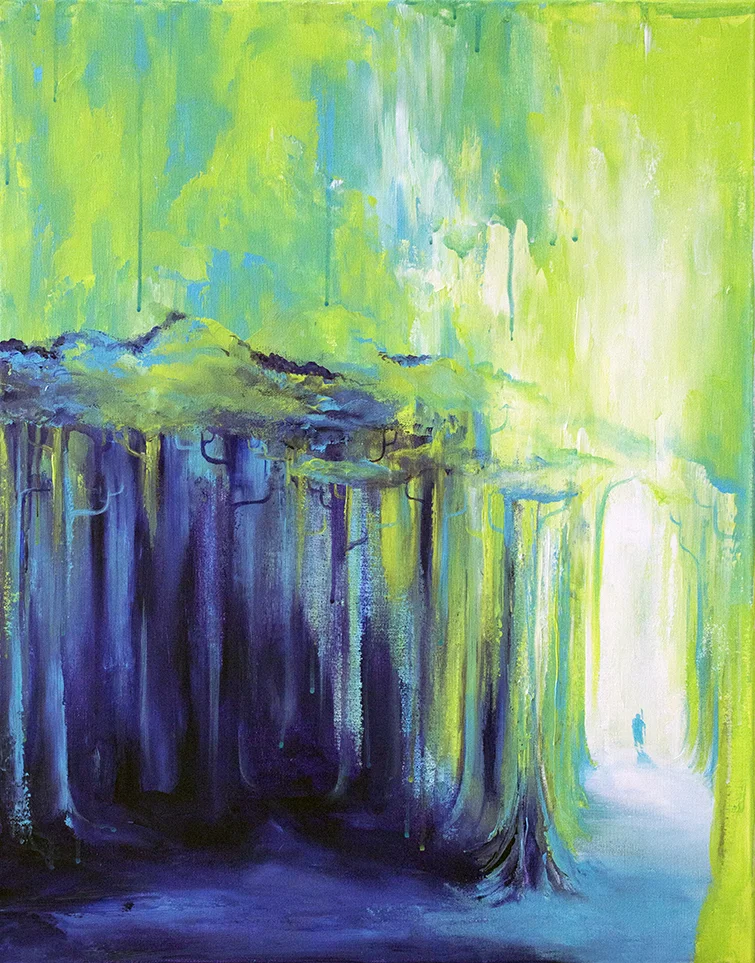The Fearless Brush is now live!
Read MoreEver get tired of the social media rat race?
Read MoreAs artists, how are we meant to make an impression in an already impressed world?
Read MoreToday I'm taking a breather from offering any heavy content and I'm just going to write about something meaningful to me.
Read MoreHow do we balance the need to share our artistic voice with our need to experience that sacred space?
Read MoreToday I'm going to offer some of my own experiences of selling prints and products of my artwork.
Read MoreSo how does one navigate through life’s challenges while hustling to stay on that path?
Read More









